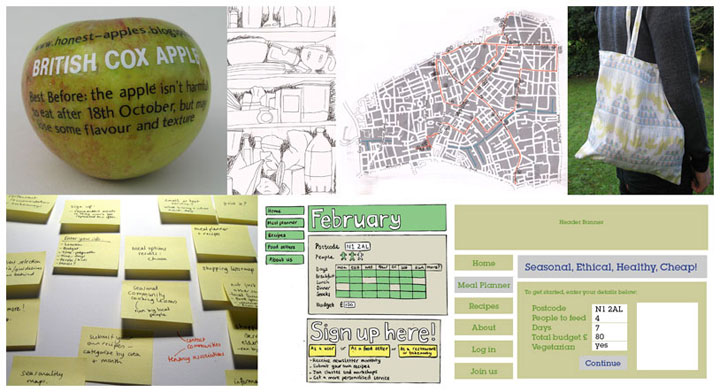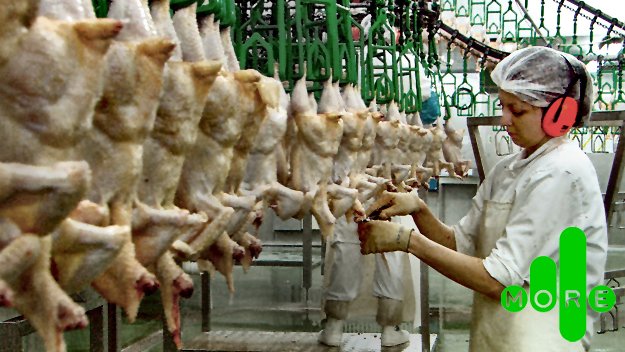
GoodGuide aggregates and analyzes data on both product and company performance. We employ a range of scientific methods – health hazard assessment, environmental impact assessment, and social impact assessment – to identify major impacts to human health, the environment, and society. Each of these categories is then further analyzed within specific issue areas, such as climate change policies, labor concerns, and product toxicity. Currently, GoodGuide's database has over 600 base criteria by which we evaluate products and companies.
see the website here.
Very complicated - they have over 600 criteria that they use to assess products and companies.



























